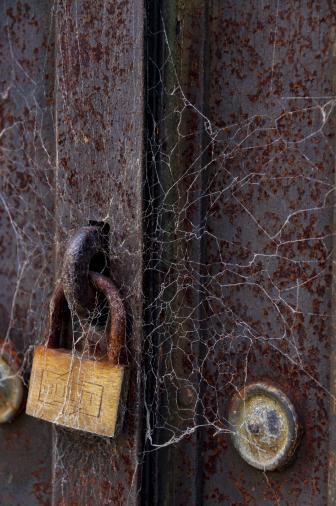The Life And Death Of Buildings: Exploring Architecture, Photography, And Time: Princeton University Art Museum: July 23, 2011 Through November 6, 2011
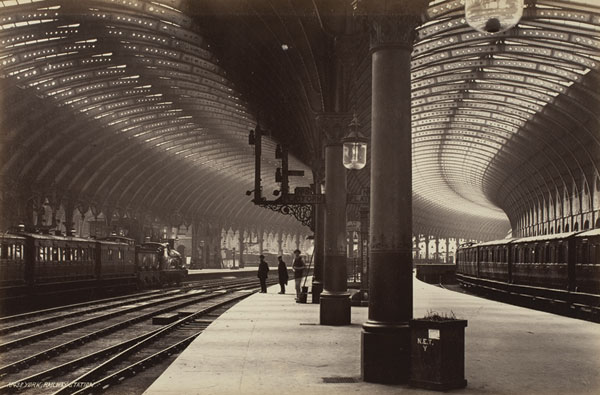
All Photos Supplied by museum public relations.
“A building concentrates history in one spot; a photograph carries history around the world,” said Joel Smith, curator of photography at the Princeton University Art Museum and curator of the exhibition. “When these two forms of knowledge intersect, our historical imagination is ignited, whether we’re looking at a site in Jerusalem in the nineteenth century or Manhattan’s skyline in August of 2001.”
An indirect meditation on the upcoming 10th anniversary of 9/11, The Life and Death of Buildings doubles as a survey of extraordinary photographs from the 1840s to the present, drawn from Princeton’s collection and a select list of public and private lenders. The exhibition’s central theme—the constancy of architecture’s life and death, as uniquely realized through the camera—is recurringly struck by selections from Danny Lyon’s series The Destruction of Lower Manhattan (1967). A recent gift to the Museum, the 72-image series records the abrupt, unsung demise of the antebellum neighborhoods that were torn down to make way for the World Trade Center. Highlights from the series find their place amid works by an international roster that includes William Henry Fox Talbot, Eduard Baldus, Alexander Rodchenko, Alfred Stieglitz, Laura Gilpin, Bernd and Hilla Becher, and Zhang Dali.
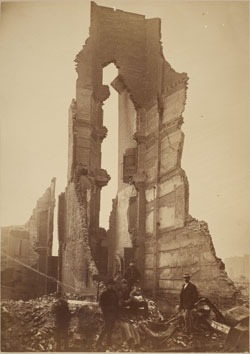
Casting a sidelight on photography’s unique historical voice is a group of major works in other media, each reflecting in its distinct way on time and the lives of buildings. Gordon Matta-Clark’s Splitting: Four Corners consists of the four roof corners of a New Jersey house demolished in 1974; in a gallery context, the empty space in their midst feels both sculptural and historical. A lengthily inscribed Yuan Dynasty painting of a seventh-century royal pavilion exemplifies a Chinese perspective that identifies a monument neither by its form nor by its materials (the pavilion has been rebuilt on its site more than two dozen times) but by the inaugural act of consecration that invests the structure with its meaning. Richard McGuire’s six-page comic Here (1989), a widely influential work in contemporary graphic narrative, keeps the eye fixed on one corner of a domestic interior but leapfrogs through time, pointedly juxtaposing future and past events to suggest the central yet ephemeral role of shelter in human fortunes.
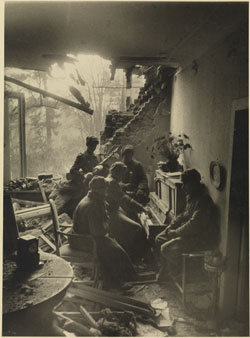
The Life and Death of Buildings will be on view only in Princeton, and is accompanied by an illustrated catalogue by Joel Smith, Princeton curator of photography, distributed by Yale University Press and available in the Museum Store.
About The Museum
Founded in 1882, the Princeton University Art Museum is one of the nation’s leading art museums. Its collections feature approximately 72,000 works of art ranging from ancient to contemporary, and concentrating geographically on the Mediterranean regions, Western Europe, Asia and the Americas, with particular strengths in Chinese painting and calligraphy, the art of the ancient Americas and pictorial photography. The Museum is committed to advancing Princeton’s teaching and research missions while serving as a gateway to the University for visitors from around the world.
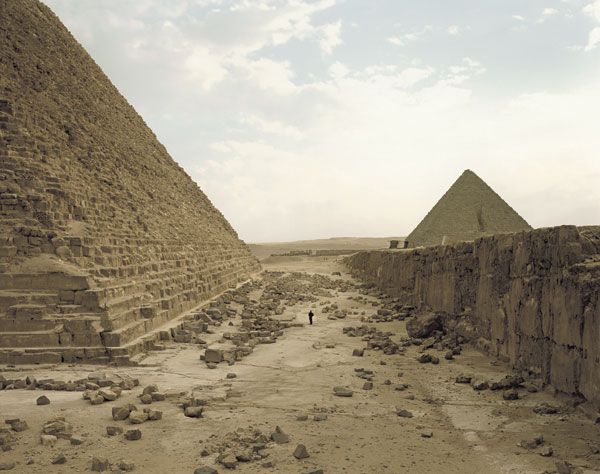
The Princeton University Art Museum is located at the heart of the Princeton campus, a short walk from Princeton’s Nassau Street. Admission is free. Hours are Tuesday, Wednesday, Friday, and Saturday 10am to 5pm; Thursday 10am to 10pm; and Sunday 1 to 5pm. Free highlight tours of the collections are given every Saturday and Sunday at 2pm. The Museum is closed Mondays and major holidays. For information, please call (609) 258-3788 or visit the Museum’s website: http://artmuseum.princeton.edu.
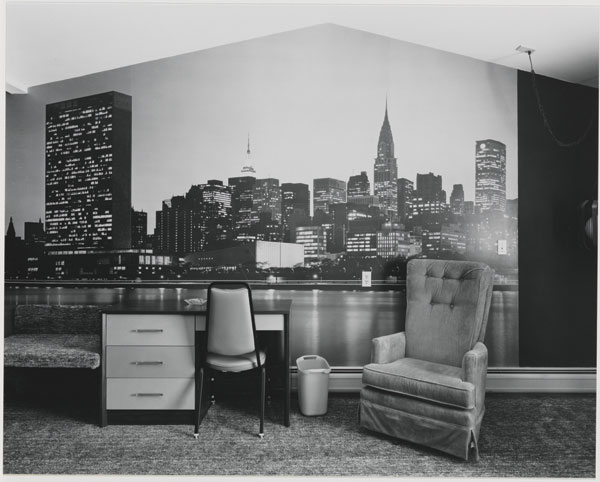
—Supplied by museum public relations.
































